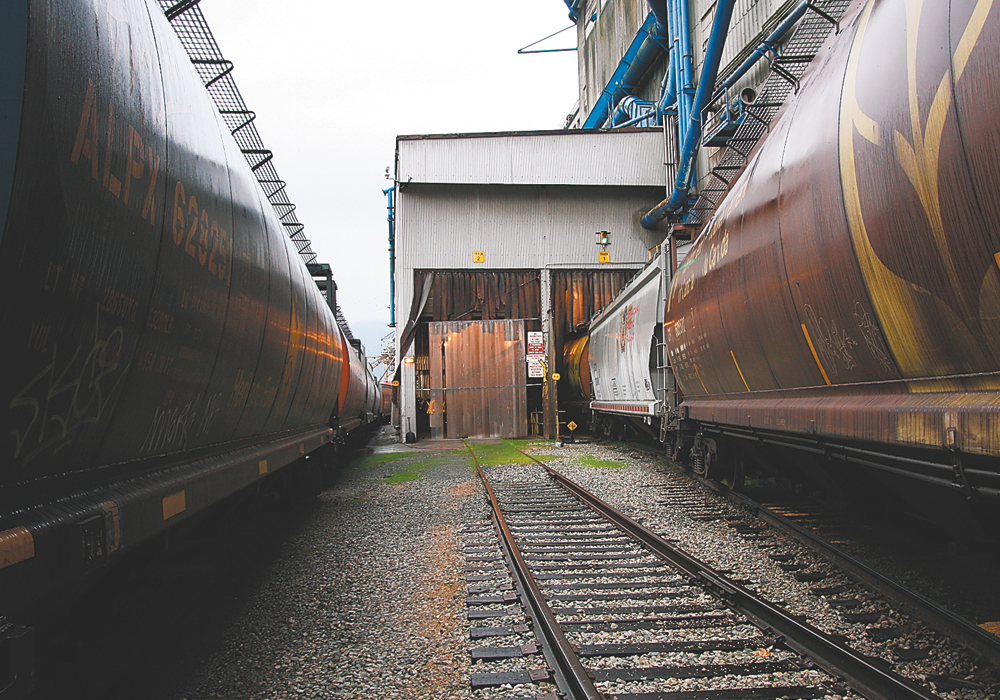The Canadian Transportation Agency wants to know how to determine rates and improve the current methodology
The Canadian Transportation Agency is looking for feedback on railway interswitching rates, or more specifically, on how railway interswitching rates should be set in the future.
On June 20, the CTA began consultations on establishing regulated interswitching rates.
It is the first step in implementing an updated rate-setting methodology that will be used annually to determine interswitching rates.
The agency asks stakeholders to share their views on how rates should be determined and how the current method used for determining interswitching rates can be improved.
Read Also

Farming Smarter receives financial boost from Alberta government for potato research
Farming Smarter near Lethbridge got a boost to its research equipment, thanks to the Alberta government’s increase in funding for research associations.
In an email sent to The Western Producer, CTA officials said the agency will ensure interswitching rates are “compensatory, consider the long-term investment needs of railway companies, and are commercially fair and reasonable to all parties.”
The agency has also published a discussion paper that focuses on key issues, including:
- the need to develop interswitching rates that apply to federally regulated shortline railways
- the need to establish regional and commodity specific rates
- the need to set discount rates based on volumes
- the need for long-term investments by railway carriers
A copy of the CTA discussion paper can be viewed online here.
As part of the process, the CTA plans to hold bilateral consultations with interested parties from July 12 to Aug. 20.
Railway interswitching is a practice that gives shippers access to the services of railway companies that do not directly serve their facilities or sidings.
Under interswitching, a railway company that serves a specific shipper may be required to move railway cars to an interswitch location, where the shipper’s cars can be transferred to a competing railway carrier’s track.
The practice, which has been regulated under federal law since 1904 in Canada, is meant to promote commercially competitive railway rates in areas where one railway company has a service monopoly.
In early 2018, the Transportation Modernization Act became law in Canada.
The act requires the CTA to set interswitching rates annually, using a methodology that takes into account a host of factors, including capital costs and railway operating costs.
According to the CTA, the recently launched consultations will result in the first revision to regulated interswitching rates since 2013.
Wade Sobkowich, executive director of the Western Grain Elevators Association (WGEA), said the task of establishing an amended methodology for determining annual interswitching rates is important and complicated.
The outcome of consultations could have service implications that affect the grain industry if the methodology uses results in interswitching rates that are too high.
“It’s important to understand that the outcome of this consultation will involve more than just interswitching,” Sobkowich said.
“It will also apply to the maximum revenue entitlement … and it will also be instructive toward rate-setting for long-haul interswitching.”
The amended rate-setting methodology may also result in variable interswitching rates for interchanges and terminals that are considered efficient, versus others that are considered inefficient.
Sobkowich said WGEA members, which include major grain-handling companies in Western Canada, plan to meet to discuss the CTA consultations and determine an appropriate response.


















